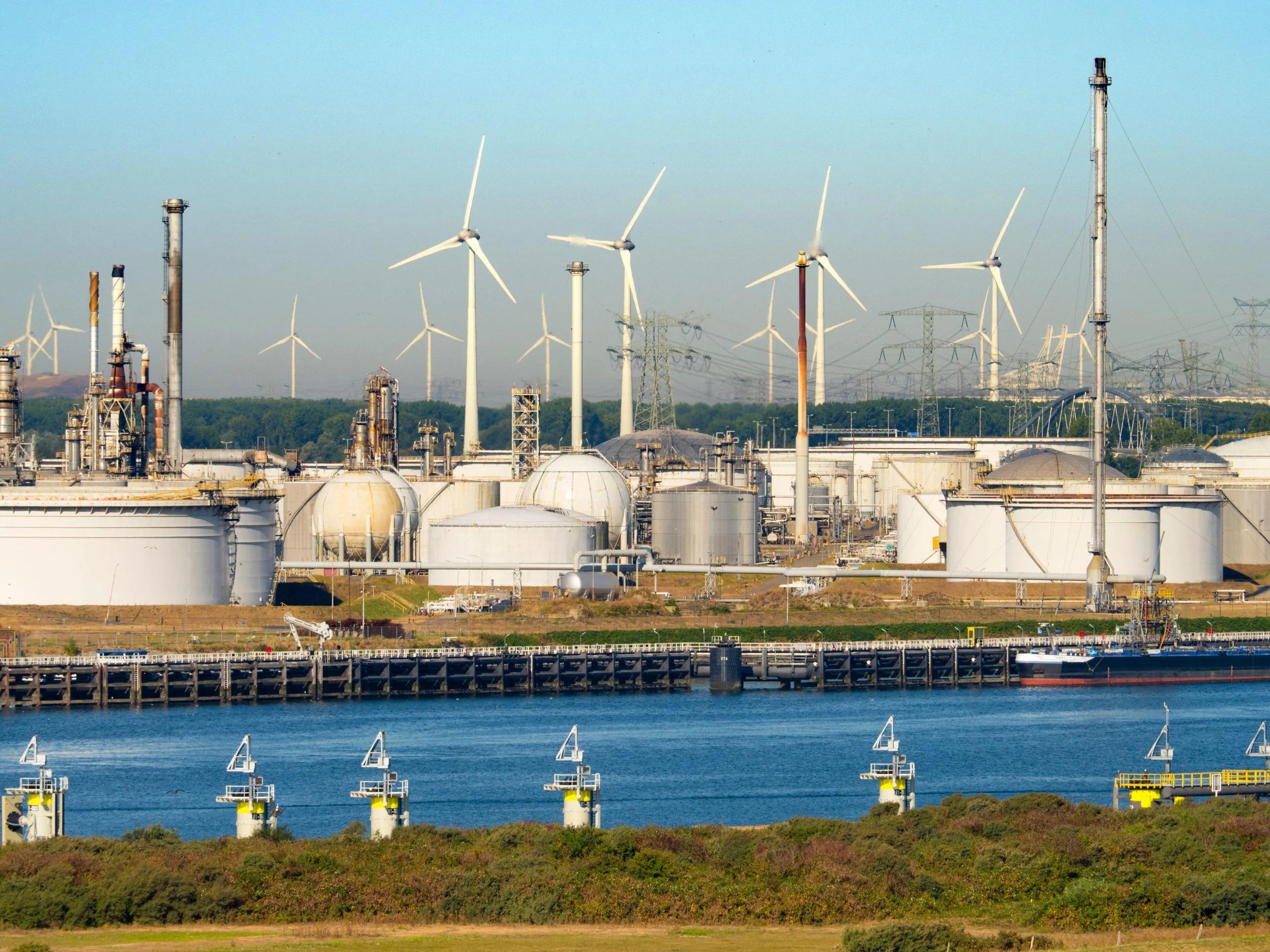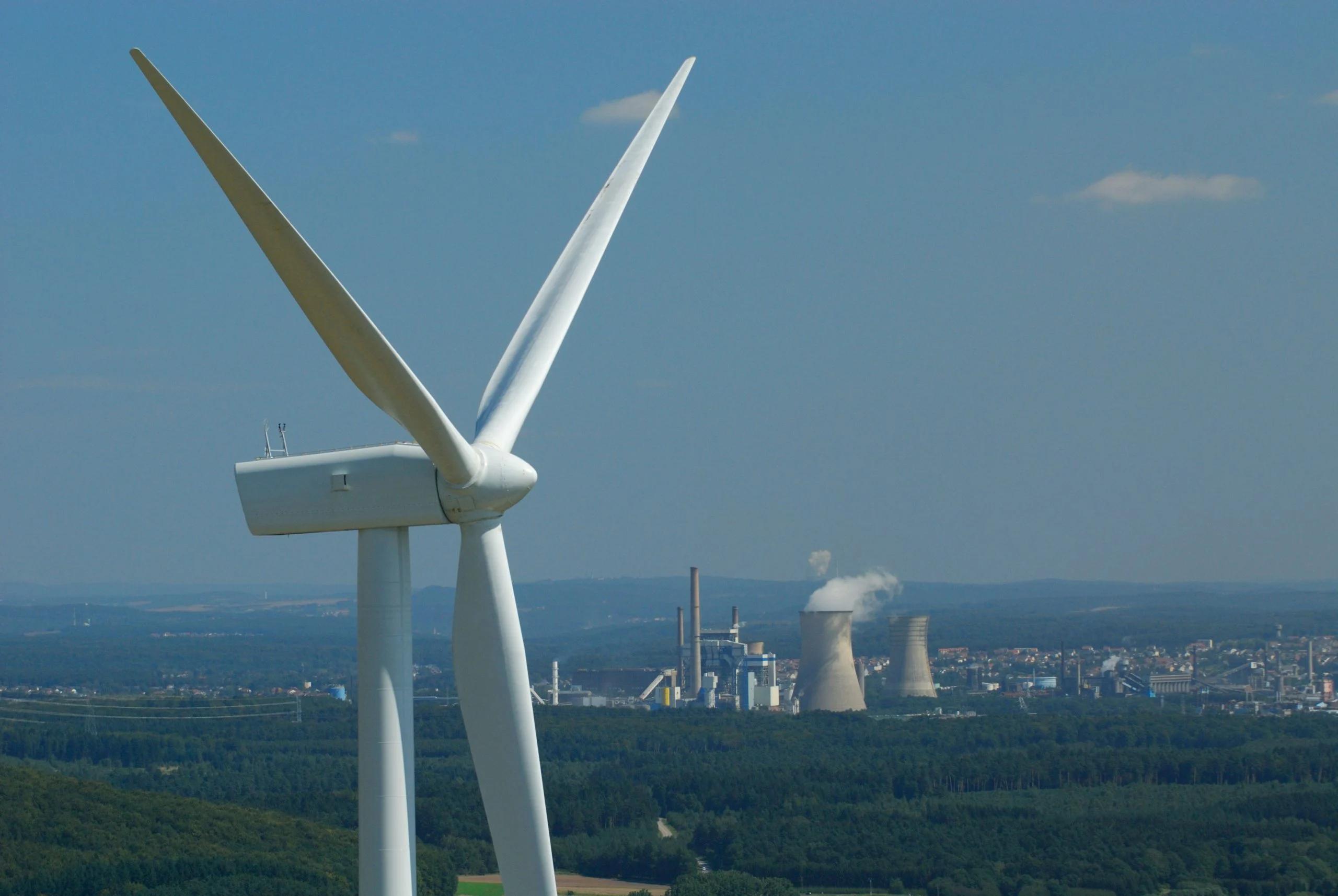Electrification of heating and transport continues to set records
In 2022, growth in the stock of both heat pumps and electric vehicles (EVs) continued to defy expectations.
Another record year for heat pumps
According to early estimates from the European Heat Pump Association (EHPA), 2022 was a record year for heat pumps with around 3 milhões de unidades Vendido, impulsionado pelos altos preços e subsídios de combustíveis fósseis em alguns países para compras domésticas. Itália, França e Alemanha viram as maiores vendas em termos de adições de bombas de calor. Isso eleva o estoque total para aproximadamente 20 milhões de bombas de calor. The EHPA estimates that the REPowerEU targets require around20 million heat pumps to be installed by 2026, meaning that the EU has already reached its interim objective four years ahead of schedule.
As a highly efficient low-carbon technology, heat pumps play a vital role in offsetting fossil consumption for heating and reducing import dependencies, particularly for Gás natural que atualmente é o mais usado Aquecimento de combustível na Europa. De fato, estima-se que 30 a 40% do gás russo importado para a UE em 2021 (46,5-62 BCM) foi usado para aquecer edifícios. As unidades vendidas apenas em 2022 são substituídas aproximadamente 4 BCM do gás natural. Aquecimento, mais de 50% superior às 40 milhões de bombas de calor assumidas na modelagem para o pacote adequado para 55. milhão
Multiple sources agree that heat pump growth can be expected to accelerate in Europe, with the EHPA forecasting a total stock between 60-72 million units by 2030. This is a huge step up in electrification of heating, more than 50% higher than the 40 million heat pumps assumed in modelling for the Fit-for-55 package.
A wide range of outlooks for EVs
2022 was also a record year for sales of EVs in the EU, bringing the total fleet to approximately 6.1 million. Embora tenha sido um ano desafiador para as vendas de carros em geral devido ao impacto de arrastação do Covid-19, o aumento da inflação e os altos custos de combustível, as vendas de carros elétricos não eram praticamente não afetados. Veículos elétricos da bateria (BEVs) Vendas subiram para um registro 12,1% da participação de mercado total e a dos veículos elétricos híbridos plug-in (PHEVs) aumentou para9.4%. Embora relativamente modestas, essas quotas de mercado contam uma história de rápida mudança na indústria automotiva; As vendas do BEV foram responsáveis apenas por 1,9% em 2019.
A frota EV deve ver um aumento de cinco vezes entre agora e 2030 para atingir os 30 milhões de eVs exigidos em ambos os FIT-for-55 Pacote e || 880 REPowerEU plan (differences in transport investments between the two are minimal). Outlooks from the automotive industry demonstrate a clear level of certainty that this level of road transport electrification will be achieved, placing the 2030 EV fleet between 40 million and 84 million.
Recent developments in regulation provide additional support for these higher forecasts. In October 2022, the EU reached Um acordo para encerrar as vendas de novos carros e vans de motores de combustão até 2035 e estabelecer um alvo intermediário para os mercados carross! 50-60% até 2030, uma tendência que levaria a frota total de EV para pelo menos 40 milhões. O consumo de eletricidade para bombas de calor e VEs também será maior que a política atual da UE, assim como o consumo de compensação de combustíveis fósseis. Isso representa um aumento de 52-108% sobre a demanda de energia prevista de bombas de calor e VEs nos cenários Fit-For-55/Revowereu. No entanto, estimamos que essa demanda adicional de eletricidade será mais do que coberta pelo crescimento mais alto do que o esperado na oferta de eletricidade renovável. Os planos também devem garantir que os impactos potenciais no pico de demanda sejam mantidos baixos. As funções de controle inteligente de bombas de calor e EVs, bem como as possibilidades de armazenamento oferecidas por serviços de veículo a grade, apresentam um







